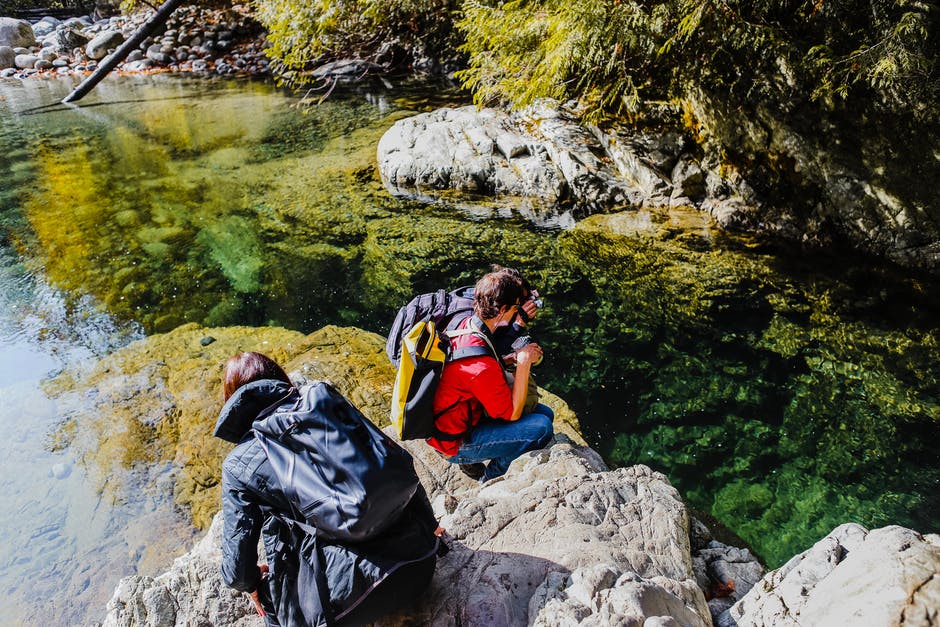
When most people picture the largest river in South America, they usually think of the Mississippi. This river, which serves as the major regional waterway and dumps into the Gulf of Mexico, is the eighth largest river in the world. It is also second in size to Amazon in volume. The river is one of the most important North American rivers and the third largest river in the world. The largest river in South America is called the Amazon because it is so large that it drains into the sea.
The river is so large that it has been called the “longest river in the world,” but it does not rank as the largest river in the world by volume. One other thing that many people do not realize is that the Amazon is the only 100% freshwater river in the entire world. Other rivers in the world have a little bit of fresh water, and this increases their size and weight. The Amazon is the largest river in South America by length and by volume.
The Largest River In South America

The Amazon is so vast that it is not feasible to drill for oil in the river. This is one of the reasons that the Brazilian government proposed building a hydroelectric dam on the Amazon so that it could use the energy created by the dams for their nation. These dams will allow massive amounts of water to be drained from the Amazon and then used for hydroelectricity purposes. The Amazon itself is the largest river in the world by surface area and length. If you took all the largest rivers in the world and compared them to the Amazon’s length and width, you would have a very big difference in the amount of area that the Amazon covers.
The Amazon, The Guadalupe, and The Pehuenche River

The three major rivers that make up the Amazon are; the Guadalupe, the Amazon, and the Pehuenche. All of these rivers offer plenty of recreational and industrial opportunities for the people of the United States. For example, the Guadalupe and the Amazon run through two states, the first being Texas and the second being Guatemala. The Guadalupe flows through central Mexico while the Amazon and the Pehuenche run through the western portion of the United States. These three rivers each have their own unique characteristics. They all have the ability to produce different types of hydroelectric power.
The Guadalupe, which is also known as the Guadalupe River, is the largest river in Central America. It is also the longest-running river in all of Central America and the southern part of South America. The Guadalupe originates in the Southern peninsula of Mexico, and it has drainage that goes through the entire country of Mexico. This drainage is one of the main factors that have made it the largest river in the world by both length and surface area.
The Amazon is the second largest river in South America after the Guadalupe. It is also one of the most important rivers in the world when it comes to hydroelectricity production. The Amazon serves as a delta for the Peruvian and the Andes Mountains. It is important to note that Amazon produces more than twenty-five percent of the world’s freshwater supply. The Amazon is a great place to see, and if you are planning a trip to Peru or South America, this would be the river to head to.
The last of the three mentioned rivers to be mentioned is the Pehuenche. The Pehuenche is the smallest river but has one of the largest volumes of water moving through it. The largest river in South America, the Peruvian Amazon, passes through it. The largest river in North America also passes through the same river, the Guadalupe.
Bottom Line
There you have it. These three rivers have played a big role in the hydropower production in the region. There have been times that the Amazon has received more than ten times its normal volume of precipitation. As such, hydropower is a huge deal in this region. One will never be able to say that South America has no use for these powerful resources. Now you know three of the biggest and most important rivers in South America.





